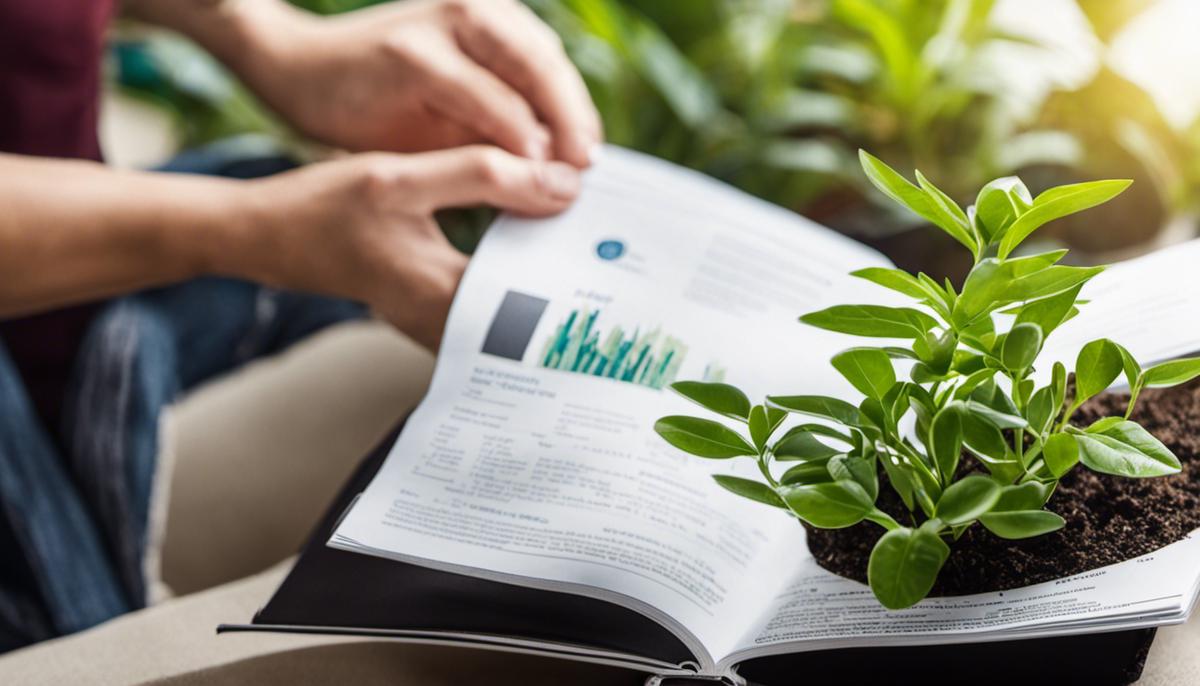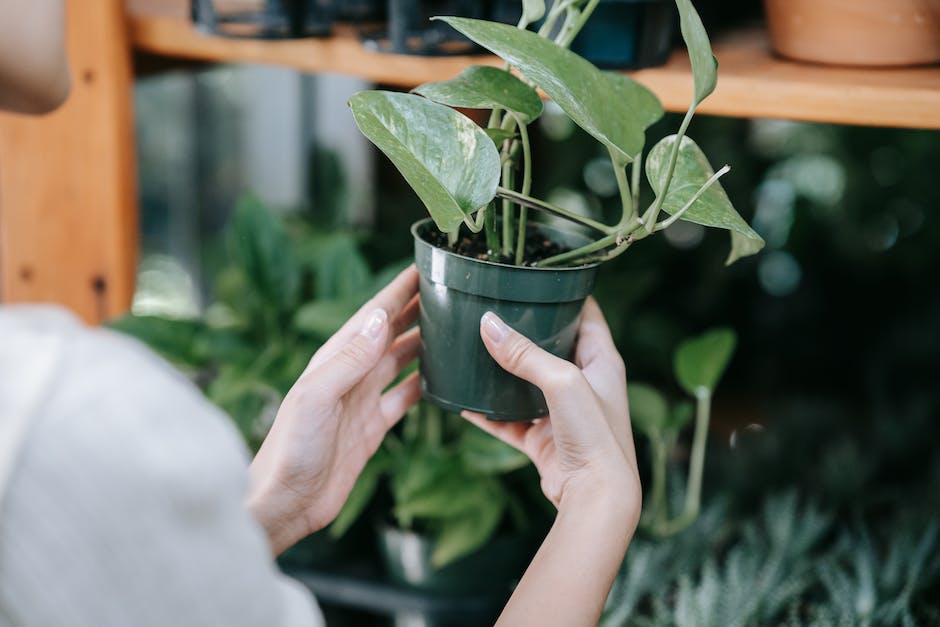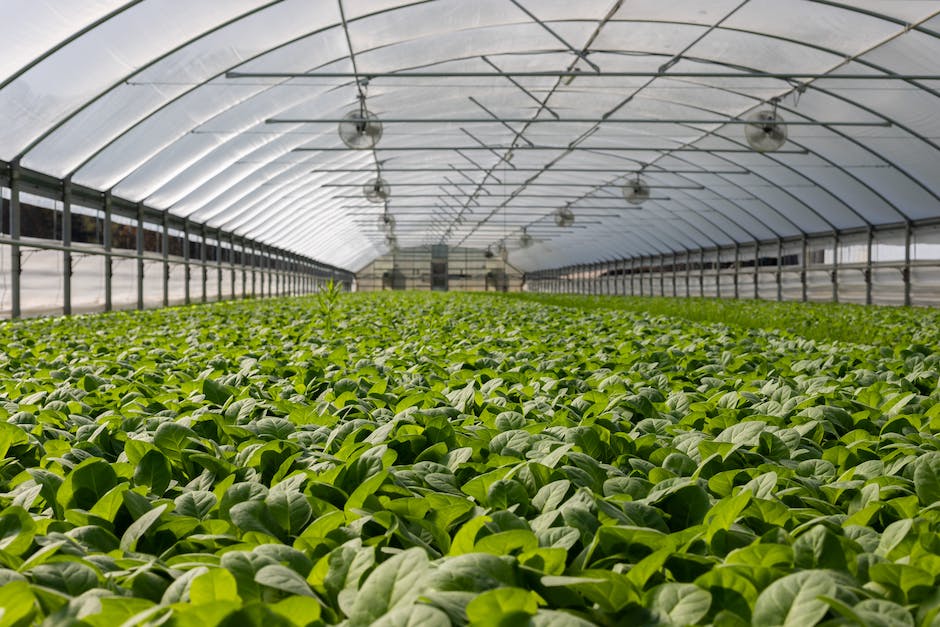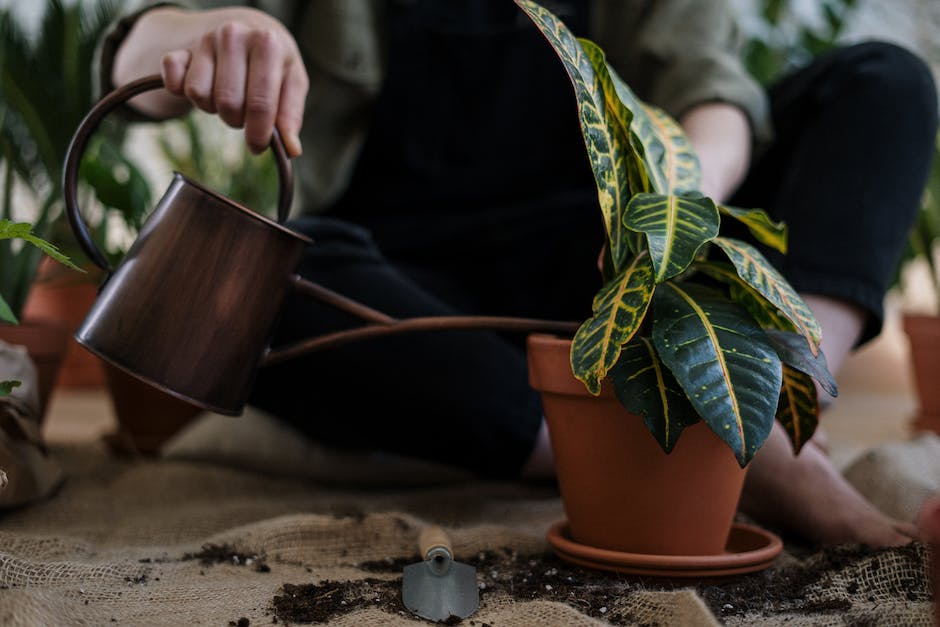Flying with Flora: Can You Bring Plants on a Plane?

Exploring the fascinating world of flora often prompts enthusiasts to spread the seed of their passion by taking their beloved plants along with them on their journeys. However, just as we need passports and visas to cross borders, plants, too, need to adhere to specific regulations while traveling, notably when done so on an airplane. This comprehensive guide dives deeply into understanding airline regulations related to carrying plants onboard, acquainting you with the policies and restrictions that various airlines impose. Additionally, we venture into the world of plant quarantines, a significant measure implemented globally to prevent the infiltration of foreign pests and diseases into new territories. Lastly, a helpful guide to prepare your plants for being airborne helps ensure they remain secure and healthy during the flight.
Understanding Airline Regulations
Title: Taking to the Skies with Your Green Friends: Understanding Airline Regulations for Carrying Plants
As plant enthusiasts, we obviously find it hard to separate ourselves from our green friends, especially when travelling. Our love for our plants leads us on a massive adventure, exploring the broad landscapes of horticulture. So, of course, for those of us bitten by the travel bug and the love for plants, it’s paramount to understand how we can travel with our photosynthetic companions. Airlines indeed have regulations on carrying plants, and this handy guide will light your way on that path.
First off, it’s good to note each airline may have slight variations in their plant transportation rules. It’s ultimately the passenger’s responsibility to be familiar with the specific airline’s regulations. When unsure, a swift call or a website visit to your airline is an excellent step.
Typically, there are no laws against carrying plants onto an airplane as part of your hand luggage – they are a silent passenger after all! But, remember, your plant must meet the carry-on size requirements. If you have a large plant, it might need to be checked in. Also, it has to be safely stowed during takeoff and landing much like all other carry-on items.
However, the key aspect isn’t whether you can bring your plants on the plane, but whether they’ll be allowed to enter your destination. Plants, much like animals and certain foodstuffs, are controlled by stringent rules when it comes to border crossings. This is due to the risk of pests and diseases that could potentially harm the local ecosystems.
In the U.S., the Animal and Plant Health Inspection Service (APHIS) regulates the transportation of plants across state lines and national borders to prevent the spread of harmful pests and diseases. Specific plants may need to be inspected, and in some cases, a phytosanitary certificate might be required to ensure the plant isn’t bearing any diseases or pests. Remember to check with APHIS or the local state’s department of agriculture for specific regulations and requirements.
If you’re traveling internationally, you’ll need to consult the Convention on International Trade in Endangered Species of Wild Fauna and Flora (CITES). Some plants are endangered and have specific requirements or are outright illegal to transport across borders.
Make sure your plant is clean and free from soil as many regions have restrictions on foreign soil to prevent harmful insects, weeds, or diseases. In most cases, the roots need to be thoroughly washed and wrapped in damp paper. If your plant isn’t allowed through, don’t worry! There are quarantine facilities where your plant can spend some time before it’s returned to you, or sadly, destroyed.
It can seem daunting, but with careful research, carrying plants on your travels can be achieved successfully. From the general advice, the thumb rule is abundantly clear: be informed about the plant’s restrictions at your destination, and ensure it’s in a healthy, soil-free, travel-compliant condition. Hunts of new plant varieties is an exciting part of our hobby – making the preparation for their journey a fulfilling endeavor. Let’s continue to cultivate our green community, across skies and soils.

Learning about Plant Quarantine
Shifting the limelight to a crucial aspect of moving plants internationally – plant quarantines. Plant quarantine refers to the enforcement of regulations, rules, and procedures designed to prevent the introduction or spread of harmful pests and diseases, in order to protect local plant resources. Initiated and maintained by governments and official agricultural departments, these measures safeguard both natural and cultivated plant life offering considerable benefits to the agriculture, horticulture, and forestry sectors.
One of the most important parts under the umbrella of plant quarantines is the interception method. An initial inspection for pests, diseases, or other invasive species is conducted at the country of origin or upon arrival at the country of destination. If something amiss is found, actions may range from simple cleaning procedures to detailed laboratory examinations.
If a plant is suspected to carry a potential threat, a quarantine procedure initiates. The quarantine-phase usually takes place at specific facilities designed for this purpose, where the plant is isolated and monitored for a specified period to detect any evidences of harmful elements. These facilities are equipped with the essential resources needed to maintain plant health and to detect pests or diseases promptly.
Not all plant species are subjected to quarantine, although it’s to note that some may have strict entry restrictions or may even be completely banned. Therefore, understanding the lists of regulated plants from federal and local regulatory agencies is pivotal. In the United States, for instance, the APHIS release a regularly updated list of plants under quarantine.
Remember that these regulations aren’t purely designed for commercial growers and importers, but apply to individual hobbyists, tourists, and plant enthusiasts. Travelling with a plant might seem simple but, surprise surprise, regulations are strict. Failure to adhere to these rules can lead to your green friend being confiscated, or even to potential legal penalties.
Furthermore, plant quarantine processes play an important role in the survival and thriving of a country’s flora, thus helping maintain ecological balance. These regulations serve as the first line of defense to protect against devastating plant diseases like ‘Citrus Greening’ or pests such as the ‘Fall Armyworm’. Given their significance, the extensive procedure is well worth any inconvenience.
By being informed and proactive with respect to plant regulations and quarantine procedures, any plant enthusiast can ensure that their leafy companions travel safely and meet both domestic and international requirements. Make sure to do the homework properly before planning to take plants across borders. Because, in the end, all our efforts should lean towards one single aim – a blooming, thriving, and disease-free green world.

Preparing Plants for Flight
Preparation Starts At Home
Making sure that plants are in top health before the journey is paramount. Water them adequately a day or two before flying to ensure they aren’t water-stressed during the trip. Similar to how humans need hydration for a flight, plants do too!
But refrain from overwatering. Excess water can spill over and dampen the packaging, leading to all sorts of travel mishaps like increased weight or potential for mold. It might also catch the attention of airport personnel, as liquids are usually scrutinized during security checks.
During the days leading up to travel, removing pests is also crucial. Look closely to spot mealy bugs, scale insects, or spider mites. These critters are last-minute hitchhikers you certainly don’t want!
Packing Plants Properly
Let’s dive into the packing stage, where the magic happens!
Smaller routes to success include choosing smaller, more sturdy plants, especially when they’re newcomers to the travel scene. Plants that can go days without water or can survive lower light conditions are extra awesome. Favorites include ZZ plants, snake plants, or succulents. However, exceptions and special care instructions always apply.
Stabilize the plant in its pot by adding sphagnum moss or newspaper around the base—it might seem overkill at first, but you’d be surprised how much a little movement can cause a lot of damage!
Keeping the plant contained is the next step. Use a clear plastic bag that covers the whole plant and ties or seals at the top. Keep some holes in it for the plant to breathe.
The Pot-carrying Pot
Secure the pot in a sturdier box. This box should be puncture-proof and leak-proof. If possible, line the box with a plastic bag for added protection against moisture.
The box should allow some moving room for the pot but not too much. Use crumpled newspaper, packing peanuts, or bubble wrap to fill empty space, stabilizing the pot within. The goal is to minimize any movement during the transportation process.
Labeling For Success
Clearly label the box as fragile and as a living plant on all sides. This ensures handlers know to treat it with care despite not being able to see its green occupant.
Preparing for The Unexpected
It’s smart to bring a basic plant care package just in case. This might include a small watering can or spray bottle, a small bag of soil or moss for emergency re-potting, and some spare plastic bags.
Last but Not Least – Document
Take a couple of pictures of the plant before and after packing. This helps keep a record of the plant’s condition in case of potential disputes and serves as a handy guide for future travel experiences.
With these diligent steps in preparation and packaging, plants are all set for a thrilling aerial adventure! Happy Flying!

A solid understanding of airline regulations and quarantines is crucial while transporting plants on a plane. Not only does this ensure that you conform to all the necessary legal restrictions, but it also allows you to take all possible measures to keep the plants healthy. Regardless of whether the journey is domestic or international, plant lovers need to package their plants appropriately and regulate their water intake before the journey, as well as combat any challenges related to temperature or pressure changes during the flight. With this knowledge at your disposal, you can confidently embark on your next adventure alongside your leafy companions, spreading the joy of flora wherever you go.



